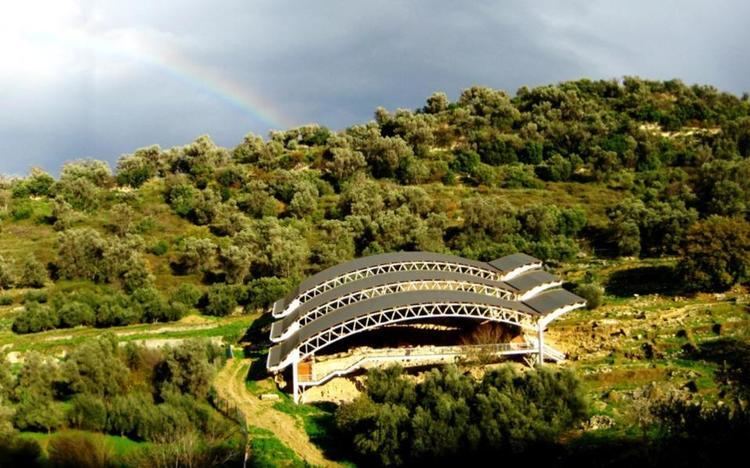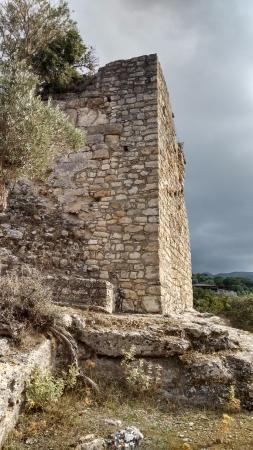Weather 8°C, Wind SE at 8 km/h, 91% Humidity | ||
Eleutherna on crete an early iron age site
Eleutherna (Greek: Ἐλεύθερνα), also called Apollonia (Greek: Ἀπολλωνία), was an ancient city-state in Crete, Greece, which lies 25 km southeast of Rethymno in Rethymno regional unit. Archaeologists excavated the site, located on a narrow northern spur of Mount Ida, the highest mountain in Crete. The site is about 1 km south of modern town of Eleftherna, about 8 km north east of Moni Arkadiou, in the current municipality of Rethymno. It flourished from the Dark Ages of Greece’s early history until Byzantine times.
Contents
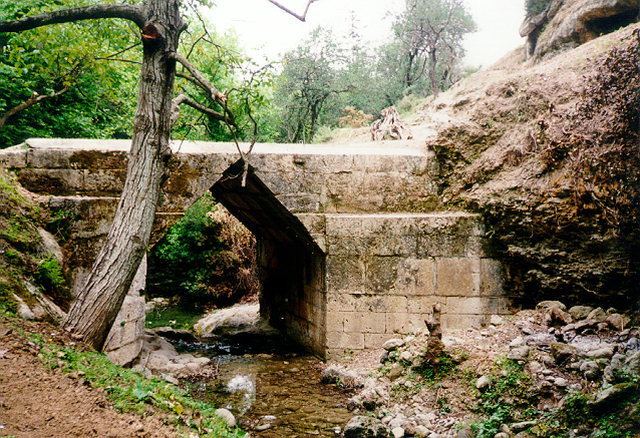
In the systematic Eleutherna project, a team of archaeologists from the University of Crete led by Prof. N. Stampolidis has been in charge since 1984. Surveys and systematic excavations have revealed the city's settlement patterns, sanctuaries and necropoleis in Orthi Petra, even stone quarries in the surroundings of the Prines hill. The discovery of the remains of four females in Orthi Petra was declared one of top 10 discoveries of 2009 by the Archaeological Institute of America. The Museum of Ancient Eleutherna, directly linked to the archaeological site, was inaugurated in June 2016.
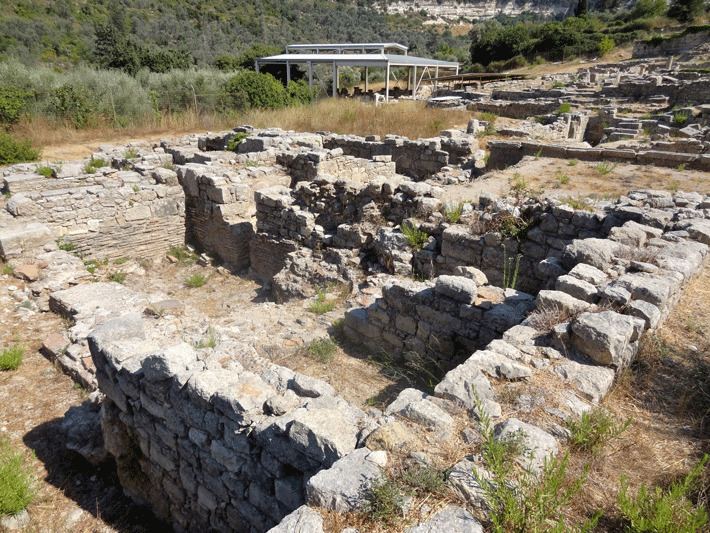
During the ninth century BCE, in sub-Mycenaean times, in the Geometric Period of the later Greek Dark Ages, Dorians colonized the city on a steep, naturally fortified ridge. The city's location made it a natural crossroads, as it lay between Cydonia on the northwest coast and Knossos, and between the shore, where it controlled its ports, Stavromenos and Panormos, and the great sanctuary cave near the peak of Ida, Idaion Andron. The Dorian city evolved in the Archaic Period in a similar vein as did Lato and Dreros, its contemporaneous Dorian counterparts.

With the Roman conquest of Crete in 68/67 BCE, luxurious villas, baths, and other public buildings demonstrate that Eleutherna was a prosperous centre through the Imperial period, until the catastrophic earthquake of 365 CE. Eleutherna was the seat of a Christian bishop: bishop Euphratas constructed a large basilica in the mid-seventh century. The attacks of caliph Harun Al-Rashid in the later eighth century and Arab hegemony in Crete, together with another earthquake, in 796 led to the final abandonment of the site. A brief reoccupation under the Latin Empire grave rise to a Catholic diocese, still a Roman Catholic titular bishopric today.
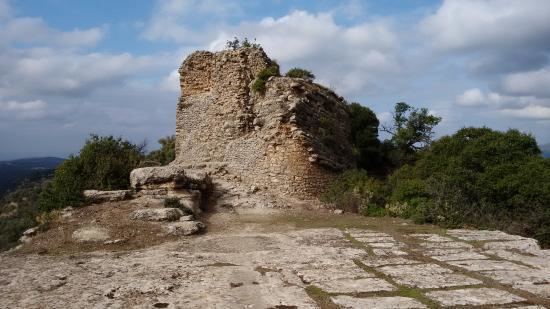
Eleutherna was known in the Medieval period (15th - 16th centuries)
The site was abandoned during the revolution against Venitian rule took place during 1510–1621: As a result, the Kallergis Family was banned and forbidden to live in Eleutherna. (Titular See)
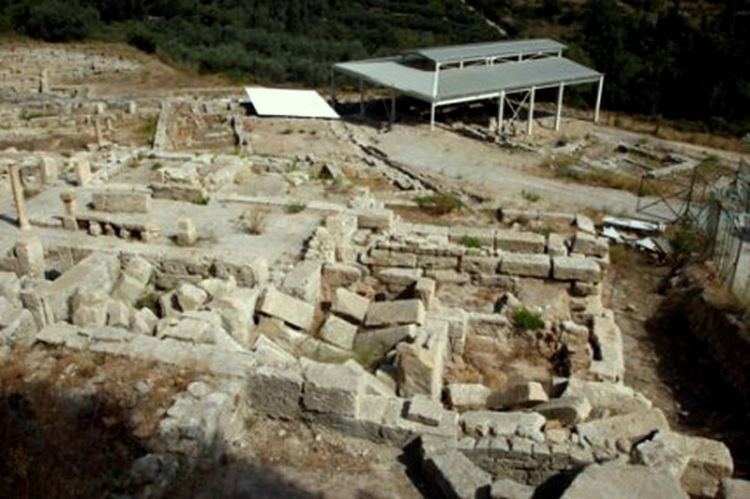
Public exhibitions in 1993 and 1994, and especially the comprehensive exhibition of 2004 at the Museum of Cycladic Art, Athens, have introduced the archaeological site to the general public. On the last occasion the Louvre lent the seventh-century BCE "Lady of Auxerre", now given a definitive Cretan context with comparable finds at Eleutherna.
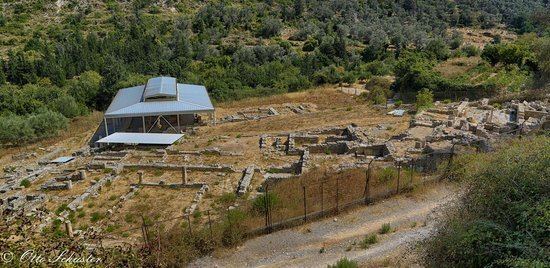
Eleutherna rethymno crete
